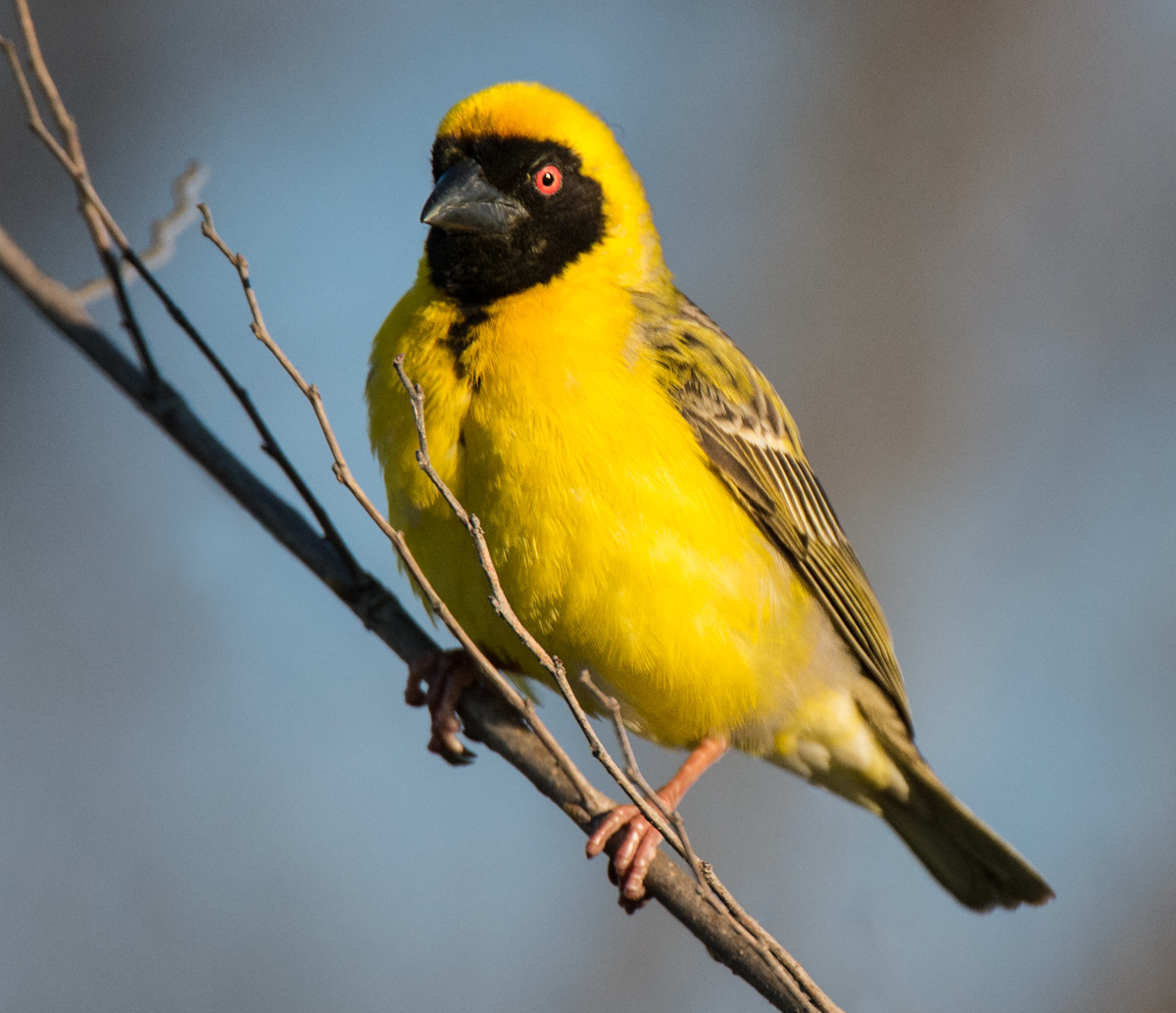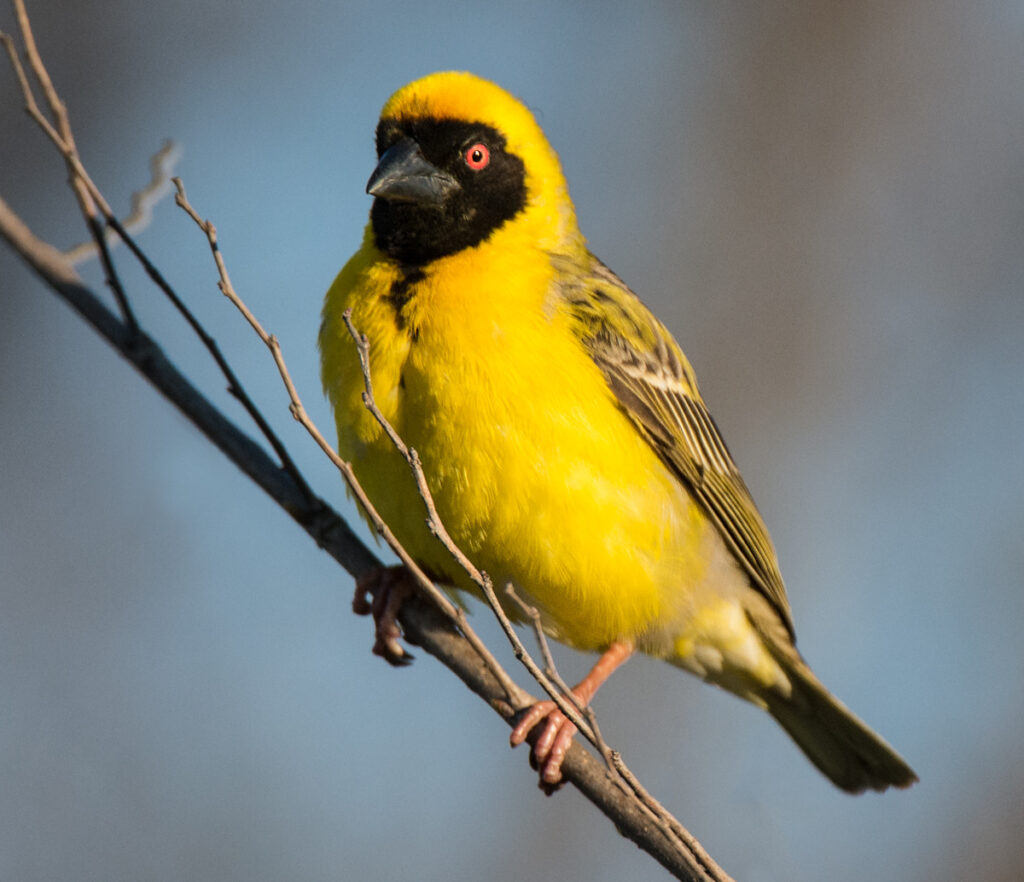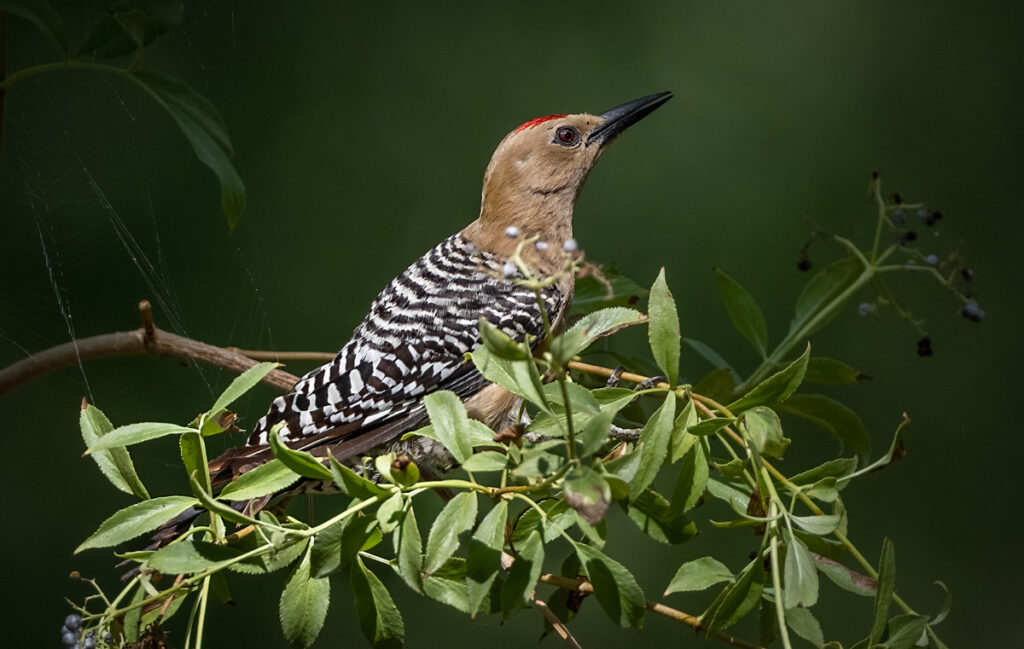
Bird nests in popular media are often shown as a place for birds to call home but of course, we now know that birds build nests only as a place to lay eggs and raise their young. Each species has its own nesting style, and today we look at four vastly different types.
Breeding season is a perfect time to spot birds out and about as they forage for nesting materials and, once the chicks are hatched, fly to and fro with beaks full of food. You can often see birds gathering leaves, twigs, mud, moss, lichens, spider webs, animal fur, other bird feathers, and all sorts of construction materials to create that perfect safe, and secure sanctuary in which to lay the next generation. Some birds scrape out simple nests on the ground, while others create intricate structures in trees or on cliffs. Whatever the type, nests should offer warmth, protection from predators and the elements, and a place to safely develop through those first crucial weeks of life before heading off into the world.

The Southern Masked Weaver is a small bird native to southern Africa, and the most widespread weaver bird. Known for their impressive nest-building skills, weavers truly live up to their name, constructing intricate nests made from grass and other plant materials. The bird will literally weave individual grasses together, pushing and pull the ends over and under each other in a tight, spherical shape suspended from tree branches. It can take around five days to make, depending on the skills of the bird. Most males will often construct several in a single area, behavior thought to be a way of attracting females, as the nests are a sign of the male’s fitness and ability to provide for a family.

The Gila Woodpecker is native to the southwestern United States and Mexico, arid desert regions of the continent. Like most woodpeckers, they are excavators, digging out their nests in the organic matter of trees or other structures. Gila woodpeckers mostly choose saguaro cacti, using their specially adapted beaks to peck holes in the thick stems, creating a cavity that is just the right size for their nest. They will then line the cavity with soft plant materials, creating a cozy home for their young. Gila woodpeckers choose these cacti because of their water content in the harsh dry environment, which they can access from the inside without having to search it out and waste valuable energy.

The Ovenbird is a small songbird with beautiful streaks and olive and brown plumage, very thrushlike but actually a member of the New World warblers, Parulidae. They are native to the eastern United States and Canada and are so-named after their unique nest-building habits, as they construct dome-shaped nests on the forest floor and in trees that resemble traditional Dutch ovens. As their construction involves a combination of plant materials and mud, the birds need to wait for rain to soften the mud, which can be a problem during droughts. One solution to this would be to build their nests near water, but research has shown they have strict requirements for nest location, preferring to site them 60–70 feet from the forest edge over a forest floor with abundant leaf litter. This leaf litter is vital to them because of their diet of insects and other invertebrates scurrying among the detritus.

During the nesting season, American Flamingos gather in large groups called colonies which can consist of thousands of birds. Known for their strong pair-bonding, these birds often return to the same nesting site year after year. About six weeks before the eggs are ready to be laid, both the male and female flamingo will use their feet to push mud twigs, and other plant material together into a large cone-shaped mound which can often be up to 12 inches high out of the shallow water, or on islands, mud flats, or other areas that are difficult for predators to access. The nests are frequently around three feet wide, with a shallow depression in the top where one or two eggs are laid. Throughout incubation the female will continue to keep the nest in shape, pulling mud and more material close with her bill as the waters or weather erodes away at the outside mud casing.
All birds exhibit a wide range of nesting habits, and each will be suited to their particular needs. Many species will abandon their nests but others use them again and again each year, and sometimes other creatures use them as ready-made sanctuaries. During this breeding season, why not research the birds in your area and see if you can spot any nesting behavior. Be careful never to disturb a nest in use, and if you do find one that has served its purpose, always admire it from a distance, as you never know who will need it next.


